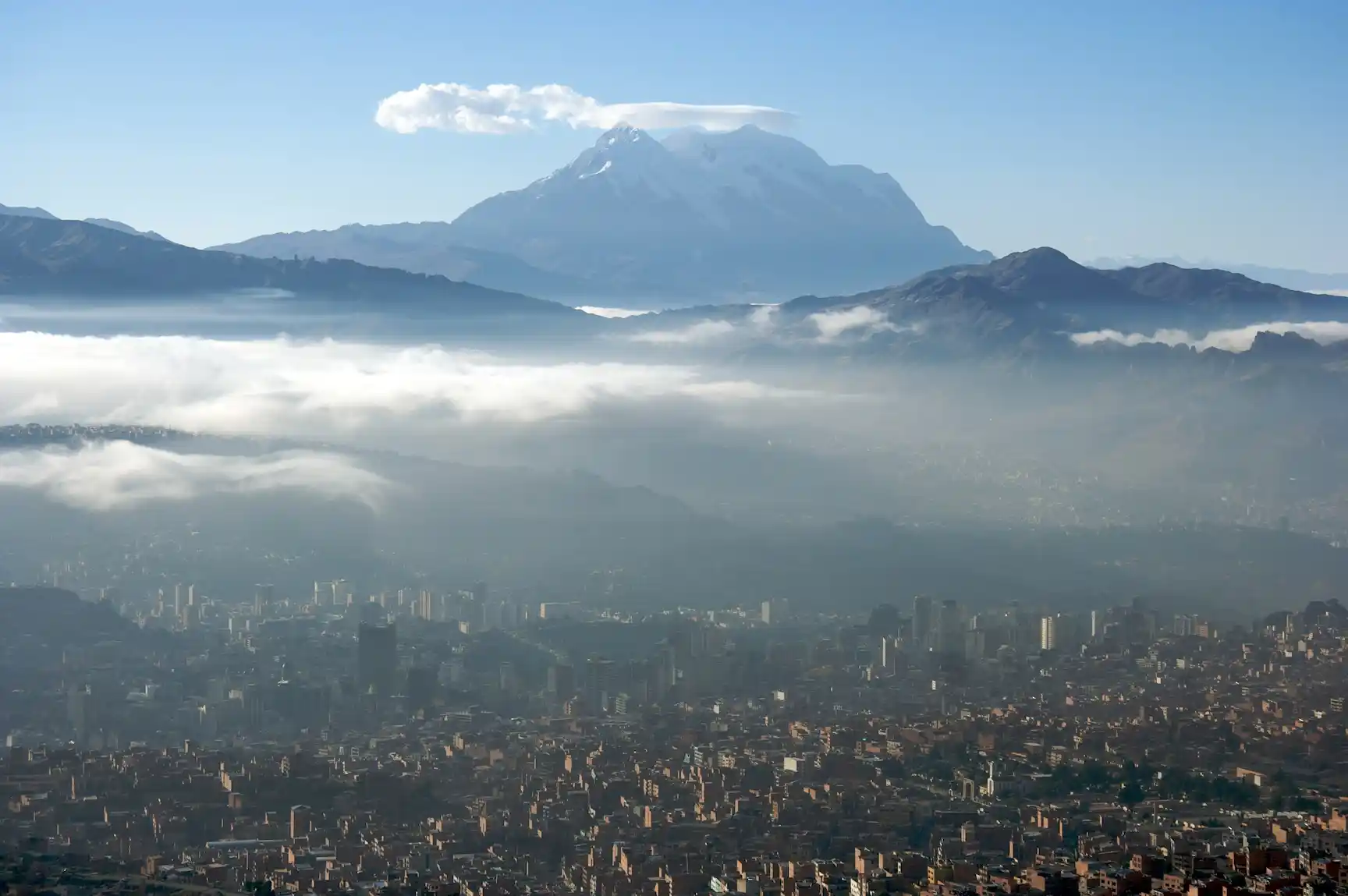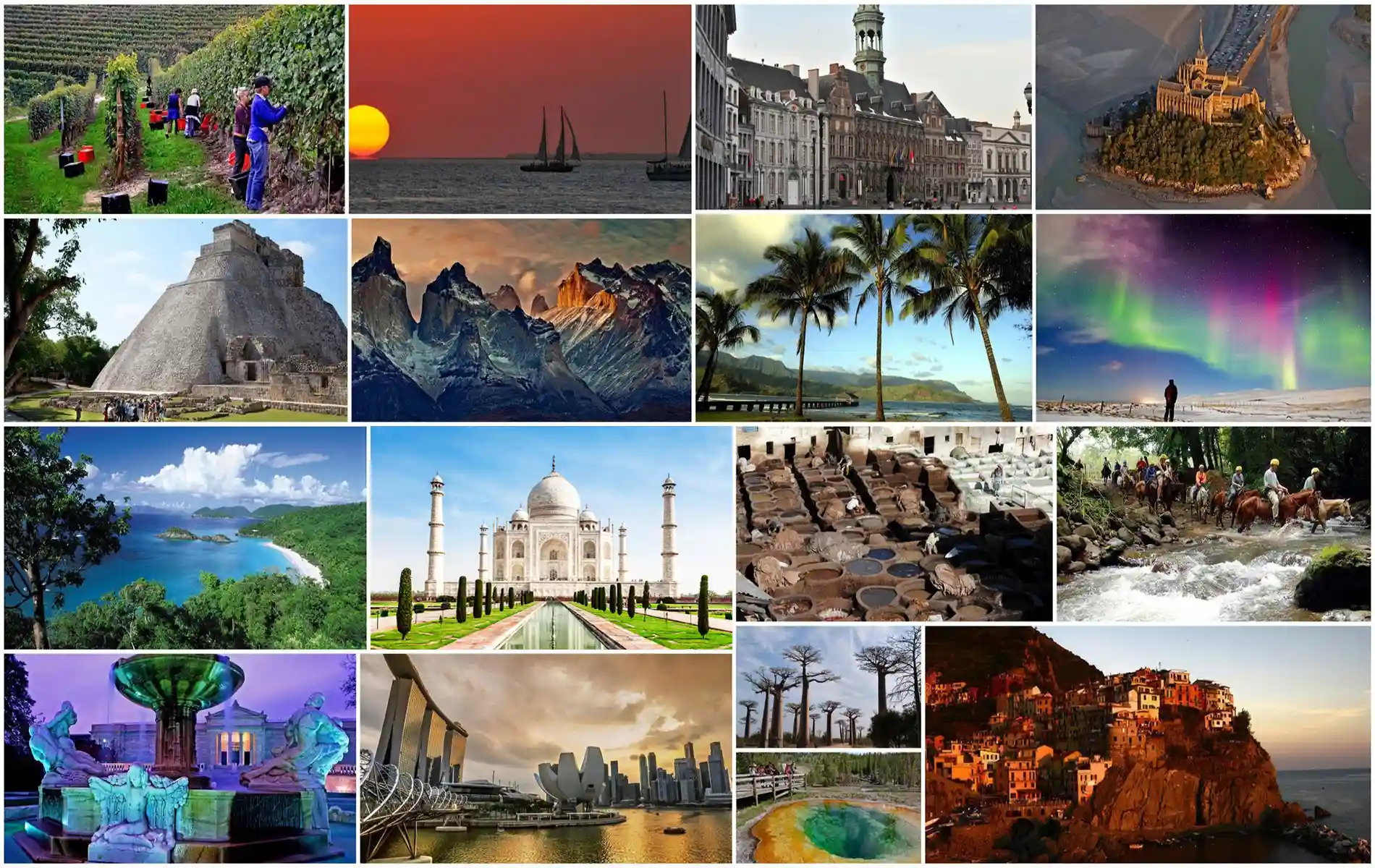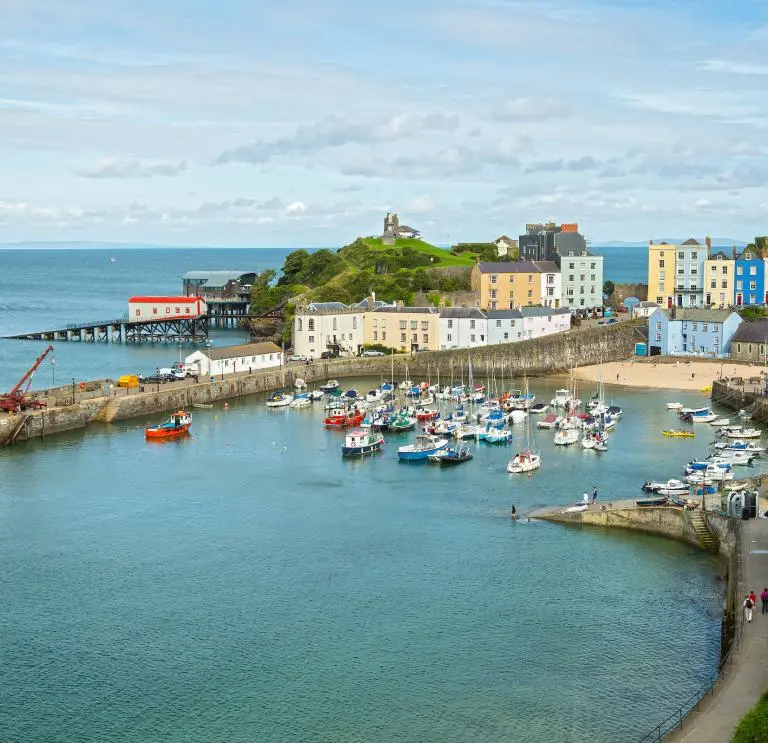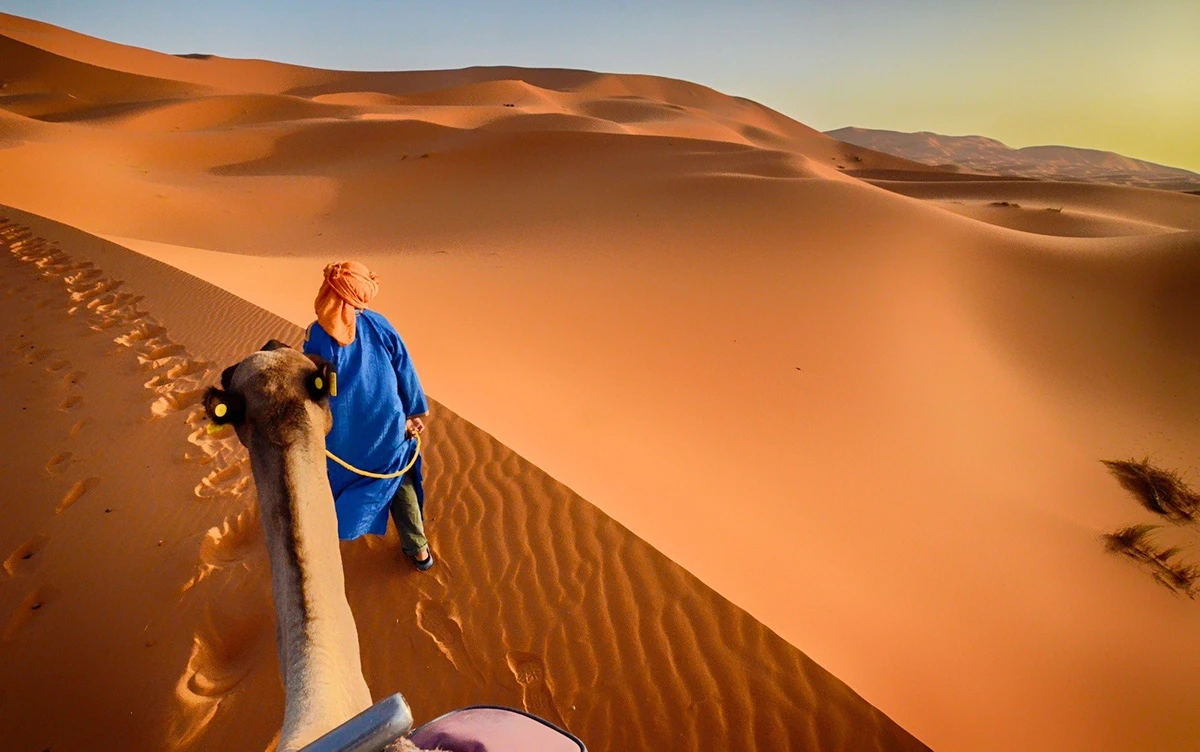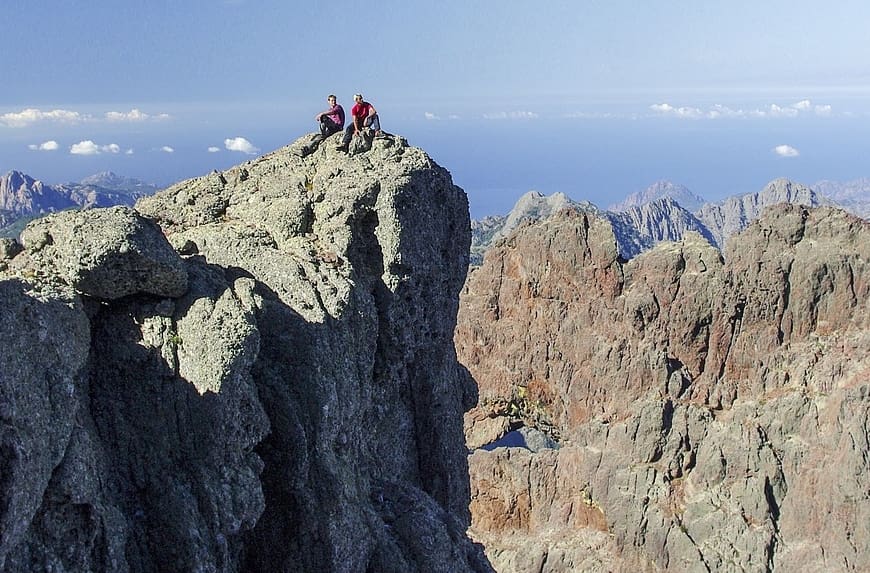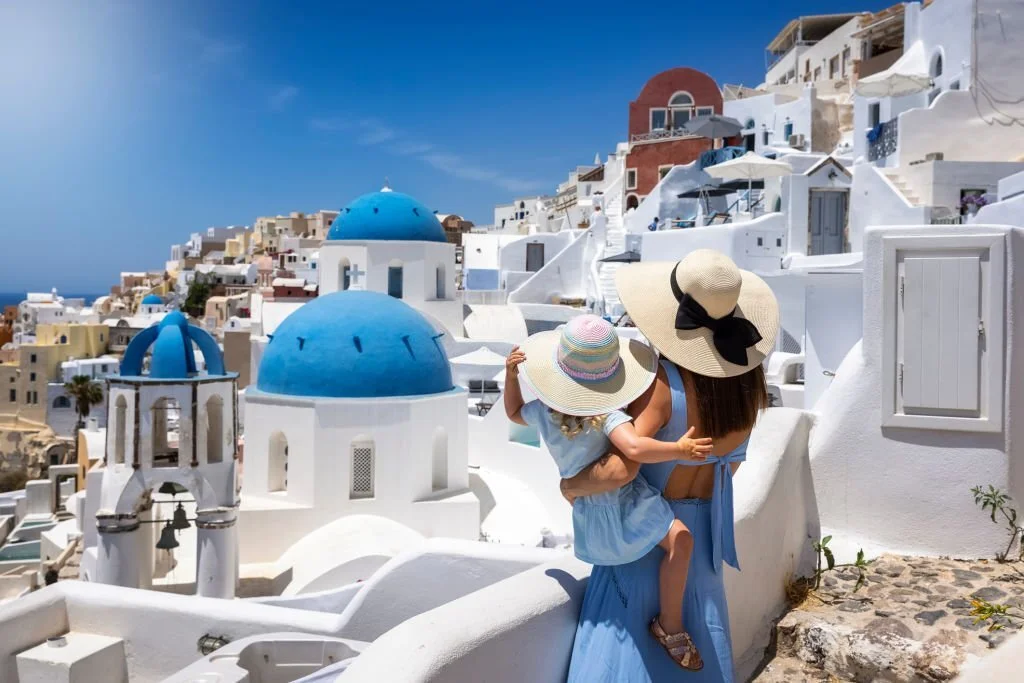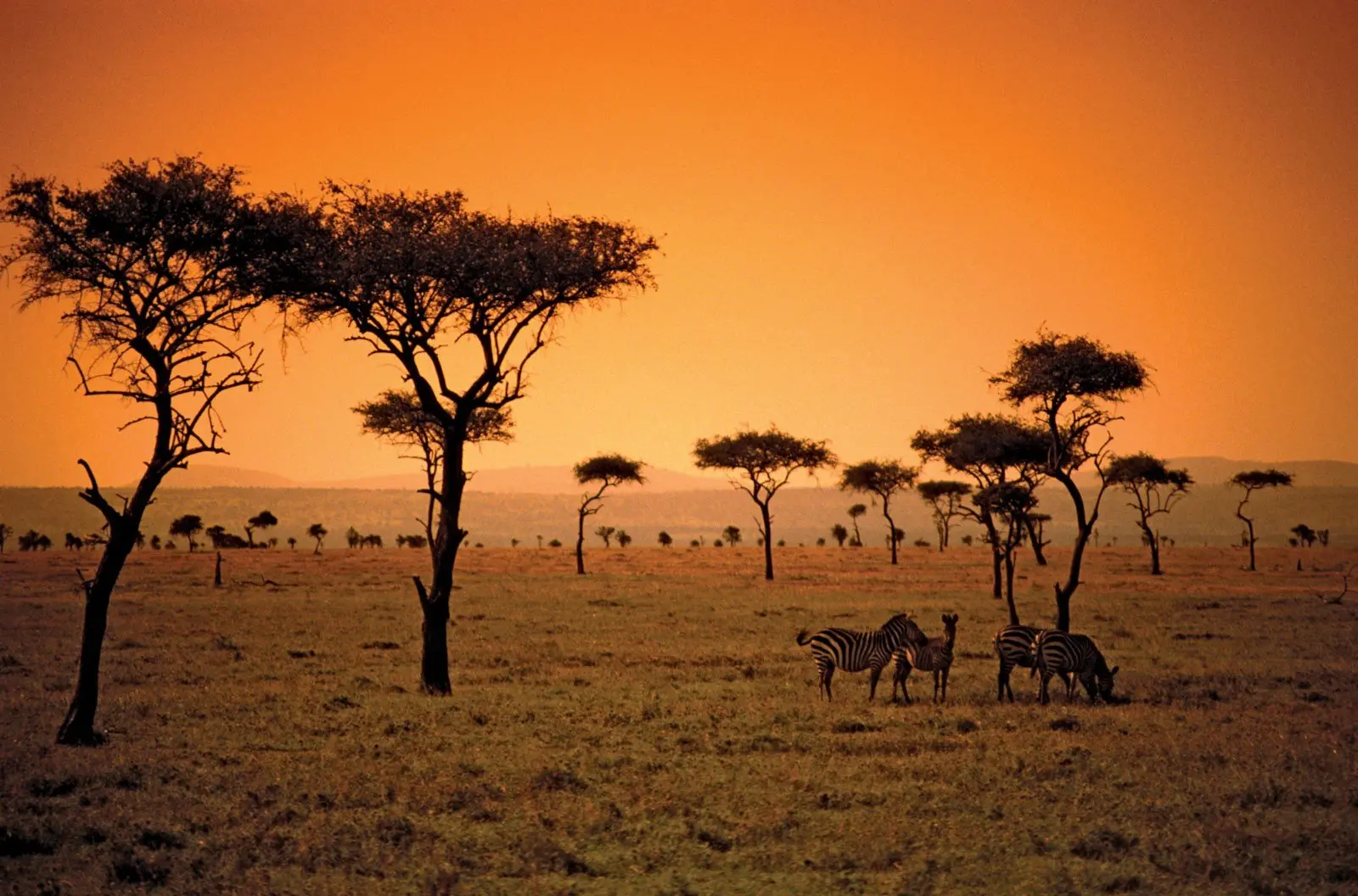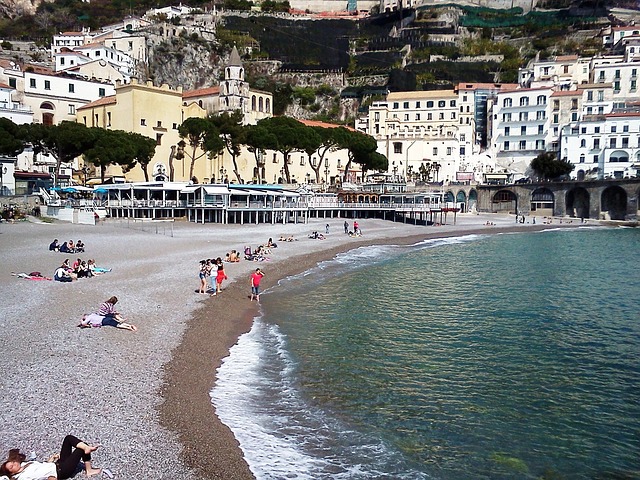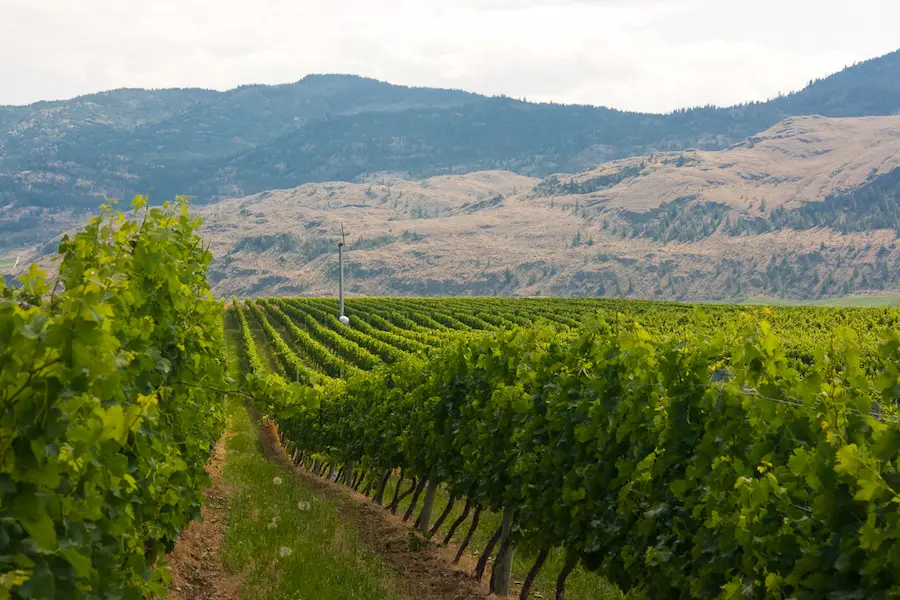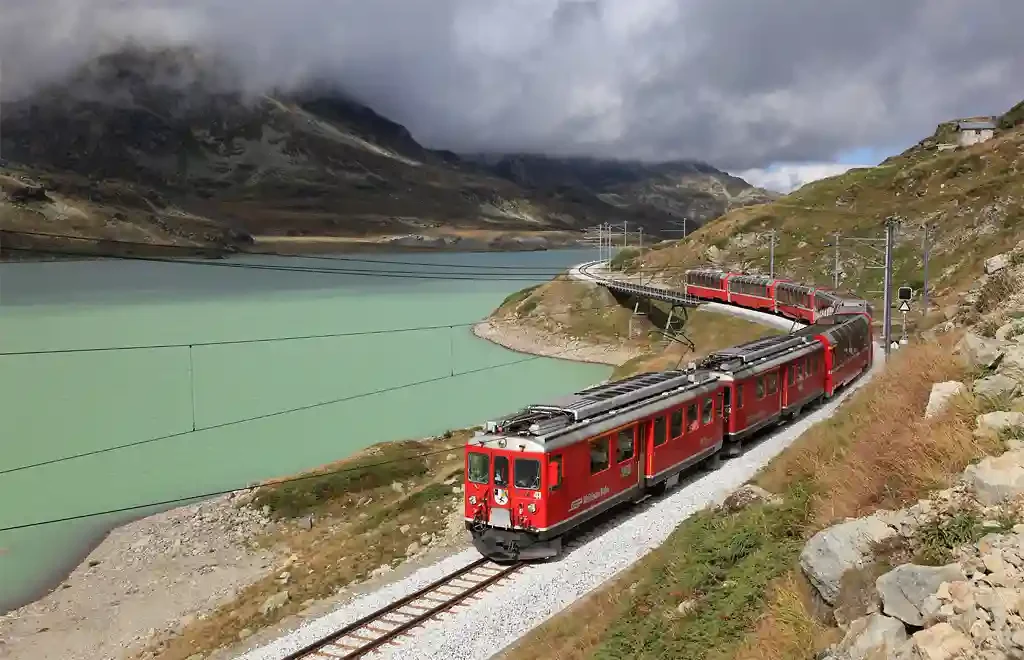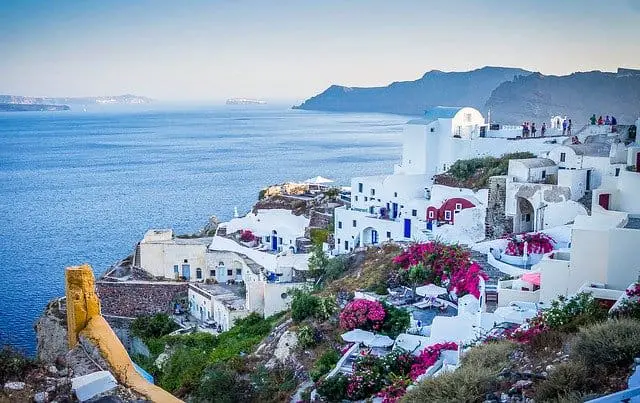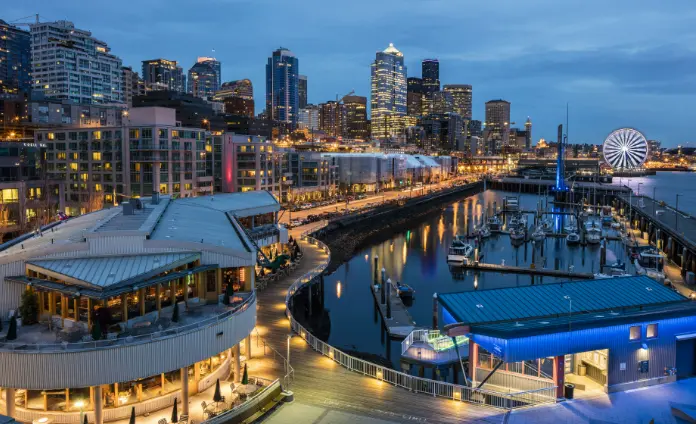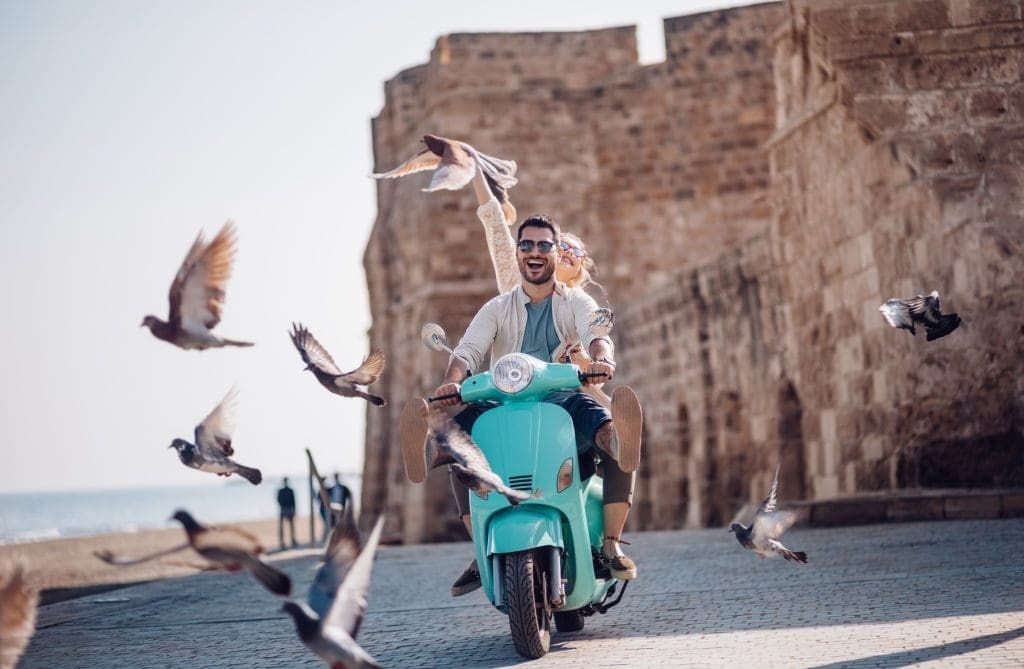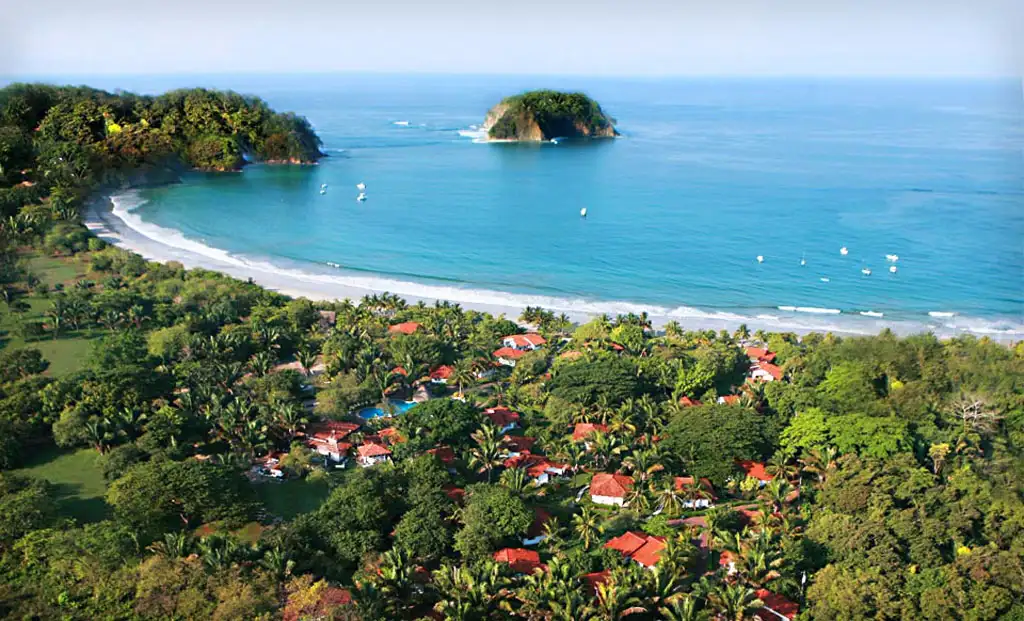Bolivia, a landlocked country in the heart of South America, is brimming with stunning landscapes, ancient history, and vibrant cultural experiences. From the surreal salt flats to the sacred waters of Lake Titicaca, Bolivia offers something for every type of traveler. Here’s an in-depth guide to the 8 most unmissable places to visit in Bolivia:
1. La Paz: City in the Clouds

La Paz is the highest capital city in the world, nestled at an altitude of around 3,650 meters (12,000 feet) above sea level, making it a unique destination for travelers. Surrounded by towering Andean peaks, La Paz offers awe-inspiring views of its mountainous landscape, giving the city its nickname, “City in the Clouds.”
- Must-See Attractions:
- Plaza Murillo: This historic plaza is the political heart of Bolivia, featuring the Government Palace and the Metropolitan Cathedral.
- Valle de la Luna (Valley of the Moon): Located just outside the city, this eerie landscape of spiky rock formations, created by centuries of erosion, resembles the surface of the moon.
- Witches’ Market: A lively market filled with stalls selling indigenous remedies, potions, charms, and alpaca wool products. It’s an excellent place to find unique souvenirs and get a taste of local spiritual practices.
- Teleférico (Cable Car): One of the world’s longest cable car systems, this provides spectacular views of the city and mountains. It’s both a public transport system and an iconic tourist experience.
- Tip: Be mindful of the altitude. Take it easy during your first days to avoid altitude sickness and drink plenty of water to stay hydrated.
2. Uyuni Salt Flats – Mirror of the Sky

The Salar de Uyuni is one of the most famous and mesmerizing natural wonders in the world. Spanning over 10,000 square kilometers, it is the largest salt flat on Earth. The vast, flat expanse creates an almost surreal landscape, and during the rainy season, it transforms into a giant mirror that perfectly reflects the sky, creating a visual spectacle.
- Must-See Attractions:
- Isla Incahuasi: A cactus-filled island in the middle of the salt flats, offering panoramic views of the vast salt crust.
- Train Graveyard: Located just outside Uyuni, this eerie site is home to rusted and abandoned steam trains, providing a haunting yet fascinating glimpse into Bolivia’s past.
- Salar at Sunset: The flat expanse becomes even more magical at sunset when the colors of the sky blend with the white salt to create a stunning spectacle.
- Tip: The dry season (May to October) provides clearer skies, while the rainy season (November to March) offers the opportunity to witness the salt flats’ mirrored effect. Plan your visit accordingly for the experience you want.
3. Siloli Desert – A Desert’s Art Gallery

Located near the Salar de Uyuni, Siloli Desert is a remote and unspoiled landscape of vibrant colors and rock formations. The desert’s harsh environment has created an extraordinary “art gallery” of natural wonders, including wind-sculpted rock formations, multi-colored lagoons, and unique wildlife.
- Must-See Attractions:
- Arbol de Piedra (Stone Tree): A rock formation that resembles a tree, shaped by centuries of wind erosion. It’s one of the desert’s most iconic features.
- Laguna Colorada (Red Lagoon): This bright red lagoon is home to thousands of flamingos and is a UNESCO World Heritage Site.
- Laguna Verde (Green Lagoon): Situated at the base of Licancabur Volcano, this lagoon is known for its striking green color due to high mineral content in the water.
- Tip: The desert is at a high altitude, and the temperatures can drop quickly after sunset. Be sure to pack warm clothing, even if you’re visiting during the day.
4. Tiwanaku Archaeological Site

Tiwanaku, located near Lake Titicaca, is one of the most significant pre-Columbian archaeological sites in South America. The ancient Tiwanaku civilization flourished here around 1,500 years ago and left behind impressive ruins, showcasing their advanced architectural and astronomical knowledge.
- Must-See Attractions:
- Gate of the Sun: A massive stone gateway with intricate carvings, believed to have astronomical significance. It is one of the most famous landmarks of the site.
- Pumapunku: A site featuring large, precisely cut stones that puzzle archaeologists to this day. The stonework is so intricate that some theorize advanced techniques were used in its construction.
- Semi-Subterranean Temple: A unique structure featuring carved stone walls adorned with representations of animals, believed to hold spiritual or ceremonial importance.
- Tip: The site is located at a high altitude, so be prepared for cool weather and the effects of altitude. Bring a good pair of walking shoes for the uneven terrain.
5. Lake Titicaca – Reflections of Culture

Lake Titicaca is the largest lake in South America by volume of water and the highest navigable lake in the world, located at an altitude of 3,812 meters (12,507 feet). The lake is sacred to the Andean people and has played a central role in their cultural and spiritual life for centuries.
- Must-See Attractions:
- Isla del Sol (Island of the Sun): A sacred island that is home to Inca ruins and offers stunning views of the lake. It’s said to be the birthplace of the sun according to Andean mythology.
- Isla de la Luna (Island of the Moon): Another island in the lake, featuring ruins of an ancient temple and offering a more peaceful experience than the more popular Isla del Sol.
- Copacabana: A charming town on the shores of the lake, known for its beautiful beaches, vibrant market, and the Basilica of Our Lady of Copacabana, an important pilgrimage site.
- Tip: The lake’s altitude can be challenging, so take it easy on your first day and acclimatize slowly to avoid altitude sickness.
6. Rurrenabaque and the Amazon Rainforest

Rurrenabaque, located in Bolivia’s lowlands, is a gateway to the Amazon Rainforest, one of the world’s most biodiverse ecosystems. The town serves as a base for exploring the lush jungles, winding rivers, and remote indigenous communities of the Amazon.
- Must-See Attractions:
- Madidi National Park: A protected area known for its extraordinary biodiversity, including jaguars, capybaras, monkeys, and over 1,000 species of birds. You can explore the park via boat trips along the Beni and Tuichi Rivers.
- Yacuma River: A serene river where you can observe wildlife such as caimans, capybaras, and various bird species while floating along in a canoe.
- Tip: The Amazon can be hot and humid, so wear light clothing, use insect repellent, and carry plenty of water. The best time to visit is during the dry season, from May to October, when the river levels are lower and trails are more accessible.
7. Toro Toro National Park

Located in central Bolivia, Toro Toro National Park is a lesser-known gem, offering dramatic landscapes, spectacular cave systems, and rich archaeological and paleontological sites. The park is an adventure lover’s paradise, with opportunities for hiking, cave exploration, and wildlife spotting.
- Must-See Attractions:
- Cueva de Umajalanta: A vast cave system with impressive stalactites and stalagmites. It is one of the largest caves in Bolivia and an excellent site for spelunking.
- Dinosaur Footprints: The park is home to some of the best-preserved dinosaur footprints in the world, which can be seen along hiking trails in the area.
- Tip: Hire a local guide to help navigate the park’s rugged terrain and ensure you don’t miss any of the hidden gems.
8. Samaipata: Tranquility in the Andean Foothills

Samaipata, a small town nestled in the foothills of the Andes, is known for its tranquil atmosphere, scenic views, and relaxed pace of life. It’s the perfect place to unwind after exploring Bolivia’s more bustling cities and dramatic landscapes.
- Must-See Attractions:
- Fuerte de Samaipata: A UNESCO World Heritage site, this ancient hilltop fortress dates back to pre-Inca times. The site is surrounded by incredible views of the valley below.
- Amboro National Park: A vast park filled with lush rainforest, diverse wildlife, and hiking opportunities. It’s an excellent destination for birdwatching, trekking, and nature lovers.
- Tip: Samaipata is a great base for exploring the surrounding nature and enjoying a slower pace of life. It’s also home to charming cafes, art galleries, and local markets.
Conclusion
Bolivia is a country of extraordinary contrasts—breathtaking natural beauty, ancient history, and rich cultural traditions. From the majestic Uyuni Salt Flats to the tranquil shores of Lake Titicaca, Bolivia offers a diverse range of experiences that will leave you in awe. Whether you’re hiking through deserts, exploring ancient ruins, or immersing yourself in the Amazon rainforest, Bolivia provides countless opportunities for adventure and discovery.
FAQs
What is the best time to visit Bolivia?
The best time to visit Bolivia is during the dry season (May to October), particularly if you’re heading to the highlands or salt flats, as the weather is more predictable and the roads are more accessible.
Is it safe to travel in Bolivia?
Bolivia is generally safe for travelers, though it’s always recommended to take standard precautions, such as safeguarding your belongings and being cautious in busy urban areas.
What languages are spoken in Bolivia?
Spanish is the official language, but many indigenous languages such as Quechua, Aymara, and Guarani are also widely spoken, especially in rural areas.
Do I need a visa to visit Bolivia?
Visa requirements depend on your nationality. Most visitors from South American countries and many European countries can enter Bolivia without a visa for stays of up to 90 days. Be sure to check the latest visa policies before traveling.

